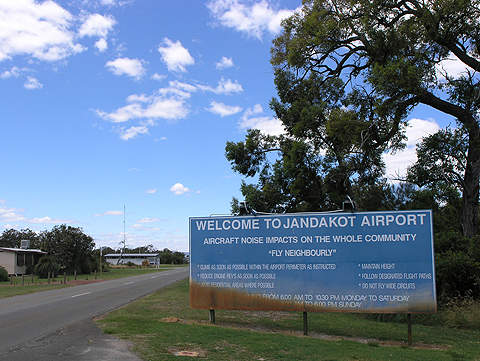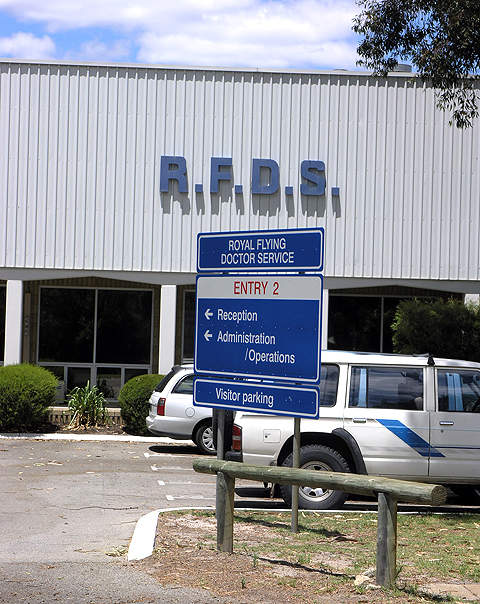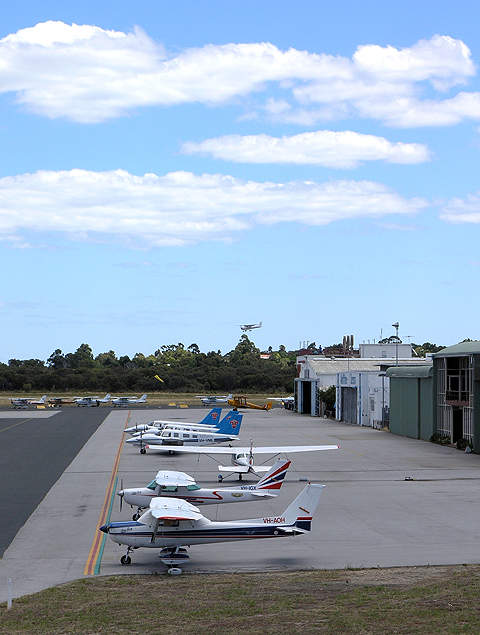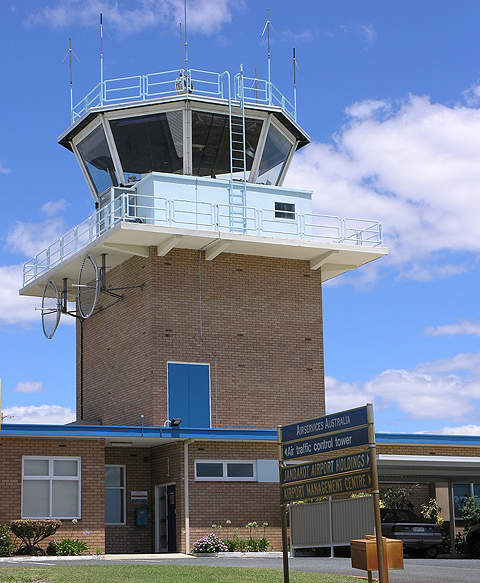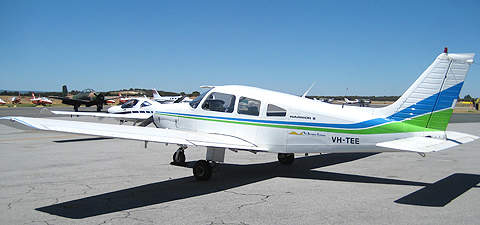Established in 1963, the airport is spread over an area of 622ha and mainly serves air work aviation rather than civil aviation. It accommodates the aircraft of service organisations, including the Royal Flying Doctor Service, CALM Forest and Bushfire Patrol, and the WA Police Air Support. Jandakot airport is also a major training base for international airline pilots.
In 2009, the airport witnessed 358,750 aircraft movements, of which 70% were training aircraft. The airport is a base for aviation schools, charter / hire companies, aircraft distributors and maintenance companies, and stores a total of 300 to 350 aircraft for these.
Jandakot airport expansion
The Jandakot airport expansion was approved by the Australian Government in March 2010. The $60m expansion includes a fourth runway, larger taxiways, improvements in safety measures at training areas, aviation facilities and new hangars.
The airport expansion is a part of the Master Plan 2009, which includes the proposed future developments of the airport for the next 20 years.
Jandakot airport environmental concerns
In order for the proposed developments to be realised, an area of 167ha – which is a native vegetation of the Carnaby’s Cockatoo habitat – will have to be cleared. This impact will be reduced through the rehabilitation of 90ha of land next to the airport and the creation of a large conservation area of around 657ha.
JAH will be required to buy and protect over 1,600ha of Carnaby’s black cockatoo habitat, and fund the recovery and research activities for the species under environmental terms.
The airport development site includes areas of native bushland, which comprises rare species of orchid. The company will be needed to relocate the cleared orchids to conservation areas and donate funds to the rare orchid programme of the Botanic Gardens and Parks Authority.
Jandakot airport facilities
“JAH will be required to buy and protect over 1,600ha of Carnaby’s black cockatoo habitat.”
The airport has a building area, which accommodates administration, aircraft maintenance and passenger and cargo facilities. The buildings located on the south-eastern side of Mustang Road provide apron frontage, aircraft parking areas and a taxiway. The airport also has several hangars.
A central aviation complex located west of the existing building line will accommodate units of avionics, aeronautical design, aircraft and component sales. Passenger facilities include check-in counters, ticket counters, baggage screening, baggage claim, lounges, food courts and coffee shops.
The airport also provides support facilities such as aircraft maintenance, aircraft storage, aircraft sales and spares, flying training areas, fuel terminals, aircraft and vehicle wash-down bays.
Airport security facilities
Jandakot airport complies with security regulations. The airside and hangars are accessed with a swipe card issued by JAH. The premises can be accessed with the permission obtained from a fixed base operator (FBO). The airside is protected with an electrically operated 2.4m security fence.
Jandakot airport runways
The airport has three runways, designated as 06L/24R (30m wide), 06R/24L (18m wide) and 12/30 (30m wide). The 06L/24R measures 1,150m in length 30m in width. The 06R/24L is 1,392m long and 18m wide, while 12/30 is 990m long and 30m wide. All runways are surfaced with asphalt.
“The 24R/06L runway accommodates aircraft that require a space of over 990m.”
The 24R/06L runway accommodates aircraft that require a space of over 990m. The pavements are designed to handle aircraft with a maximum take-off weight of 5,700kg, and also to accommodate heavier aircraft at times.
The runways 06L/24R and 12/30 are fitted with single-stage lights and all main taxiways have green centre-line lighting. The runways 06L, 24R and 30 have a GPS-approach procedure. There is also a non-directional beacon (NDB) located at the airport.
Jandakot air traffic control tower
The airport’s air traffic control tower (ATCT) is located north of the parallel runways. It is operated by Airservices Australia. The tower measures 25m in length and uses General Aviation Aerodrome Procedures (GAAP).

